The Georgian Period
The Georgian period (1714-1837), named after the four King Georges (George I—IV), spanned over 120 years and saw many different styles, including Rococo, Neoclassicism, and Romanticism—an artistic and intellectual movement that originated in Europe towards the end of the 18th century.
This era was impacted by wars and revolutions abroad, advances in science, worldwide exploration, and the influences of renowned Queens such as Marie Antoinette and Catherine the Great. These factors, combined with the evolution of women's role in society, created the perfect setting for Georgian jewellery to flourish.
There was a significant rise in evening social activities among the wealthy upper classes, with dinners, dances, and card games, all undertaken by the glow of candlelight, enhancing the beauty of diamonds and coloured gemstones. Diamonds of varying shapes characterised Georgian jewellery, particularly rose and old mine cut diamonds, which were arduously faceted by hand, a testament to the craftsmanship of the era.
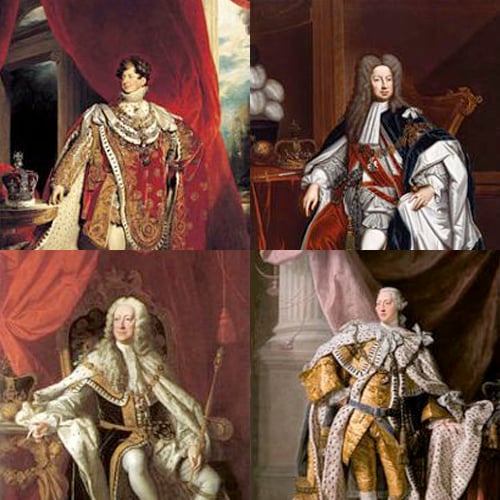
Following French King Louis XIV's revocation of the Edict of Nantes, many of the finest goldsmiths emigrated to England. They meticulously crafted pieces by hand using gold alloys in 18ct and higher, as well as silver. The pieces were highly labour-intensive, as before the invention of the rolling mill, gold ingots had to be hammered by hand into sheets before the craftsman could even begin work. After which, complex techniques were used to shape gold into ornate filigree designs.
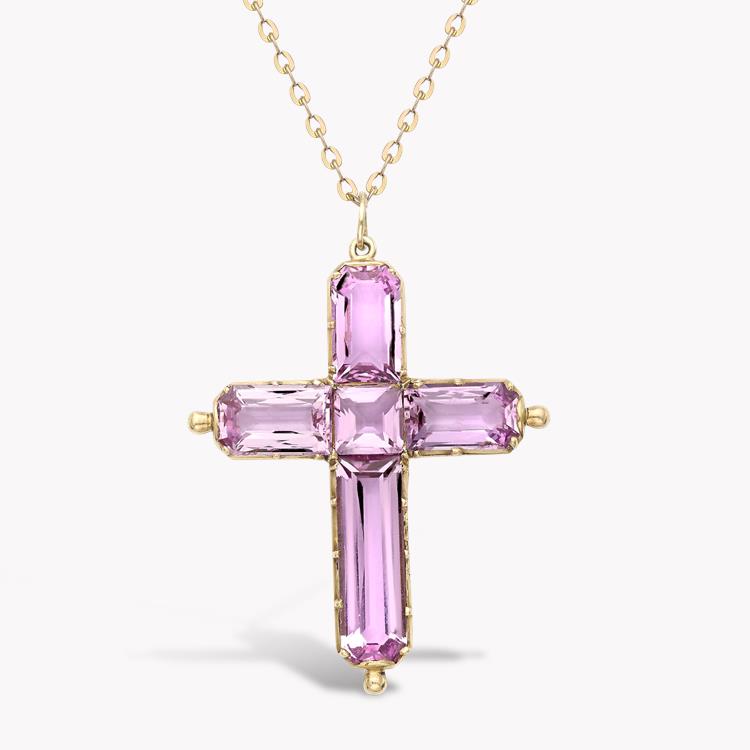
Baroque and Rococo styles influenced the artisans and designers, with flowers, bows, hearts, crescents and leaves proving popular motifs. Neoclassical jewels of the 1760s were inspired by Greek and Roman design; laurel and grape leaves adorned pieces, and ancient scenes were depicted on cameos. Later in the decade, following Napoleon's Egyptian campaign, papyrus leaves and pyramids appeared in Georgian motifs.
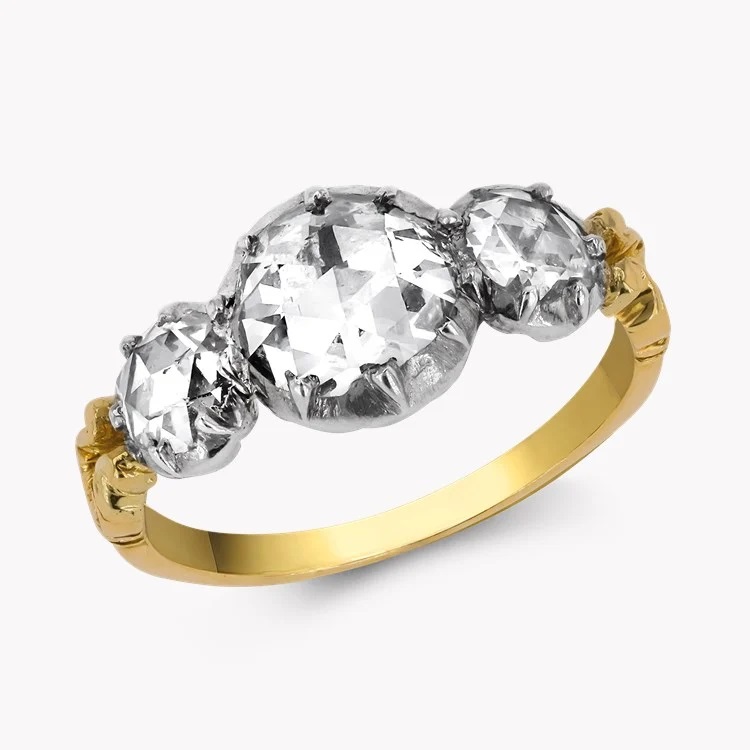
Fine examples of early Georgian jewellery are a true rarity, with their unique blend of history and artistry. During this era of fashion evolution, diamonds were sewn or mounted onto corsages and pinned upon bodices. It was common for pieces considered out of date to be melted down and redesigned in a style more reflective of current trends.
Before platinum was used in jewellery workshops, the innovative English jeweller James Cox's 1767 development of silver-topped gold allowed gems and diamonds to be set in white metal, which was highly desirable. The gold backing eliminated the risk of oxidisation marks and constant cleaning that comes with using silver alone.
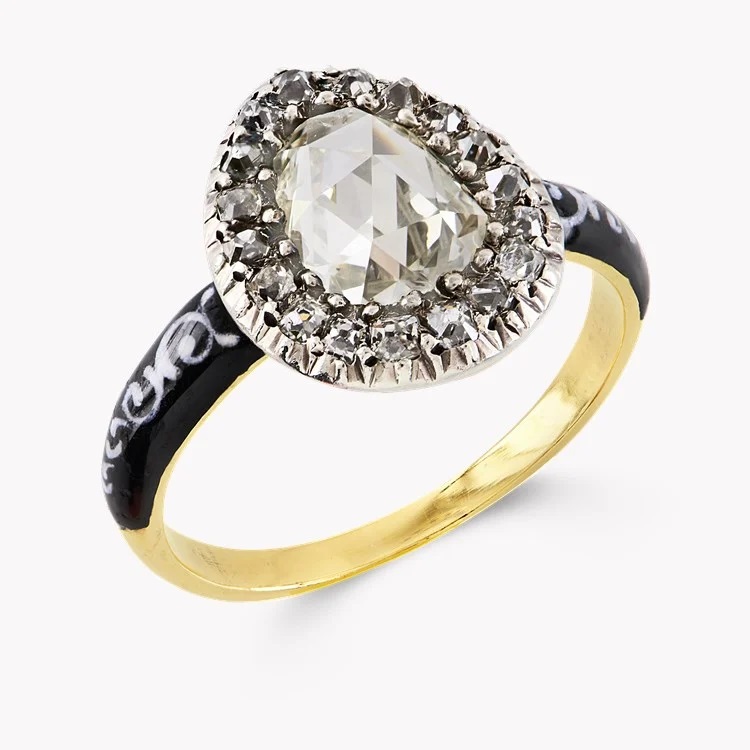
Settings were most commonly closed-back and often foiled to increase the brightness of the gems. Many of the techniques and styles from this important era have shaped and influenced the styles of today's jewellery. While the original pieces remain highly desirable and collectable, their romantic charm is also everlasting.
As attitudes progressed and changed throughout the century, jewellery was no longer reserved for the aristocracy. Enthusiasm for social activities and a ‘laissez-faire’ approach to life drove a great desire for jewellery among the middle classes. Industrialisation contributed to the development of techniques, but global exploration truly revolutionised the availability of gems in Europe, connecting the continent to the wider world and its riches.
Georgian Jewellery at Pragnell
As a sixth-generation family jeweller, Pragnell takes pride in continuing our tradition of offering a carefully curated selection of unique examples of antique Georgian jewellery, including rings, earrings, pendants, and brooches from this fascinating era.
Georgian jewellery is easily identifiable due to the combination of silver and gold, with the irregular facets of old-cut diamonds shining with a refined and romantic sparkle. At Pragnell, we specialise in presenting our collection as rare collectable artefacts from the period while highlighting their potential as versatile wearable treasures for the modern woman.
Antique CLP Page
Contact us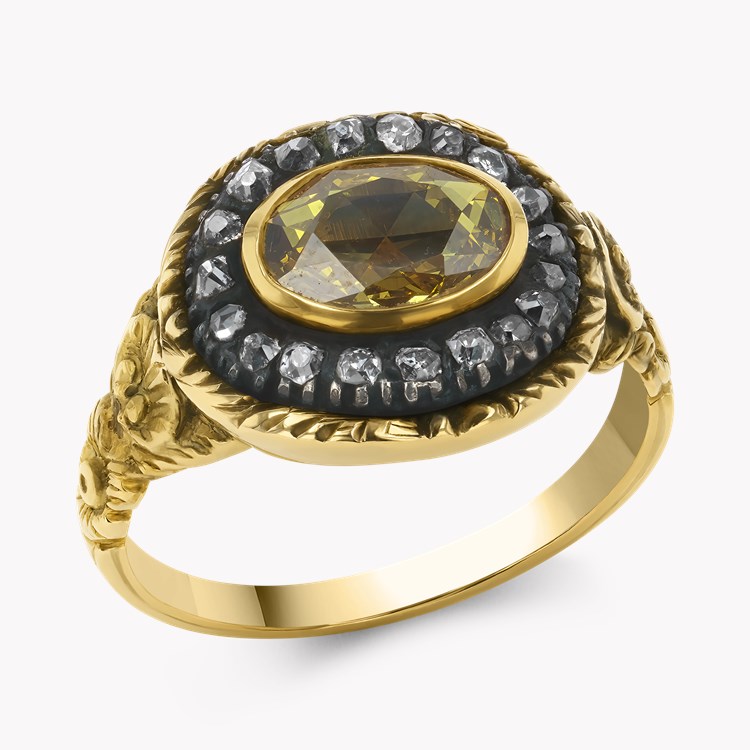
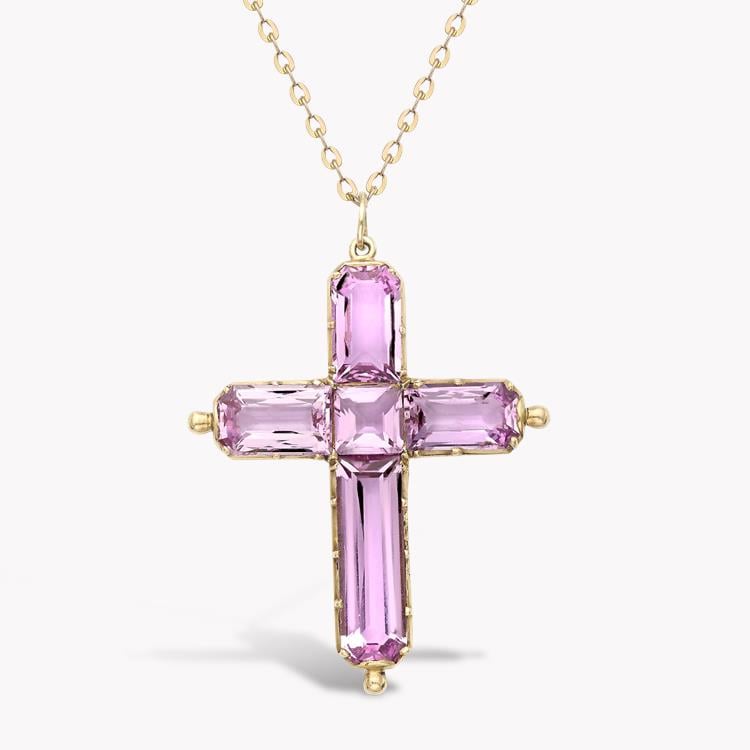
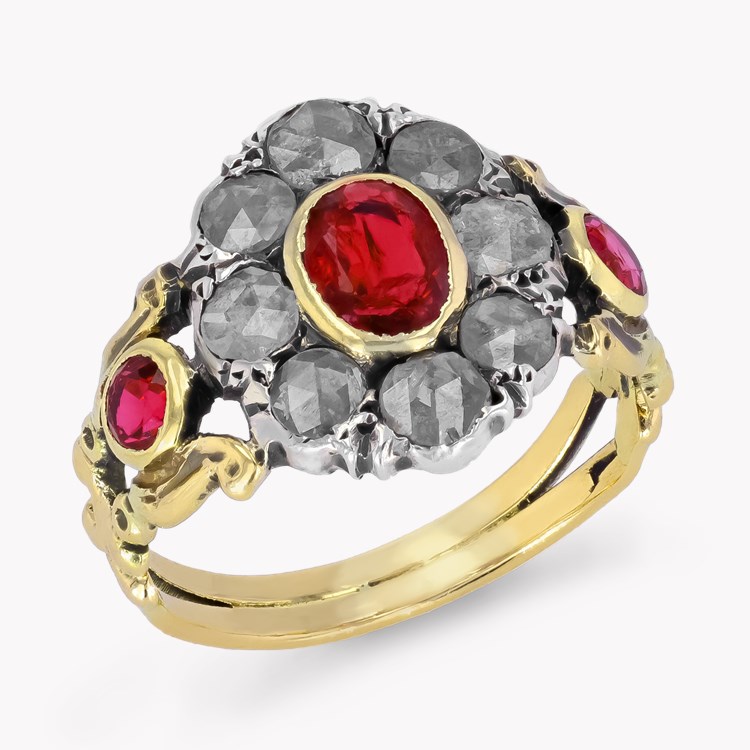
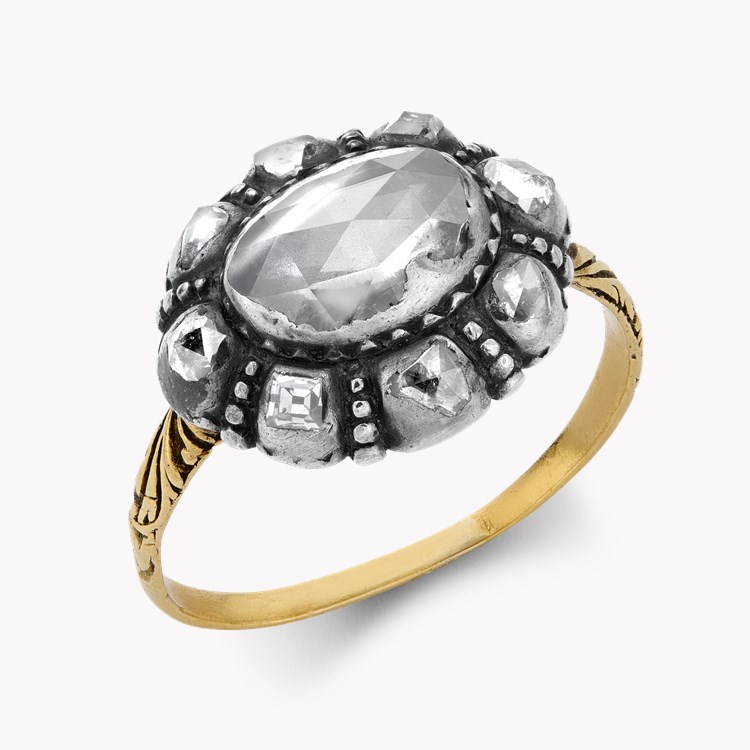
-(1).jpg)
-(1).jpg)